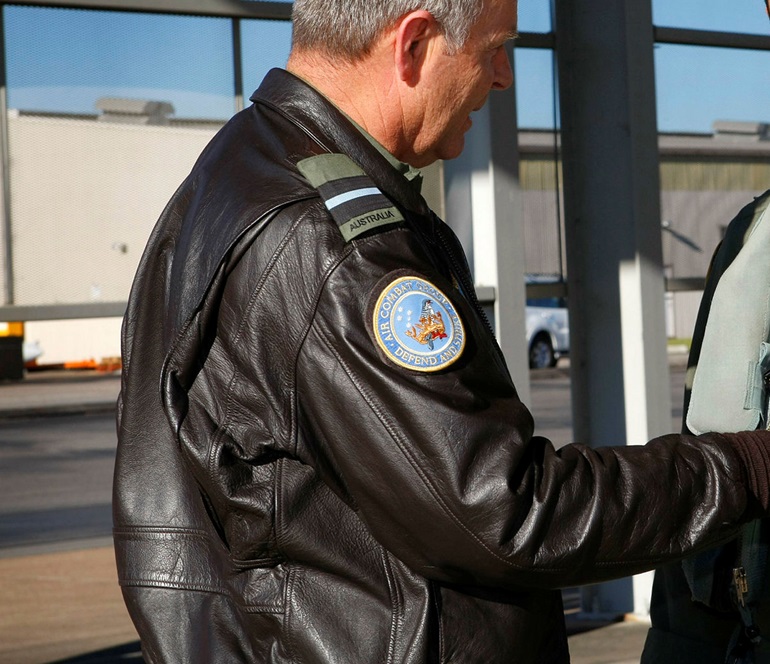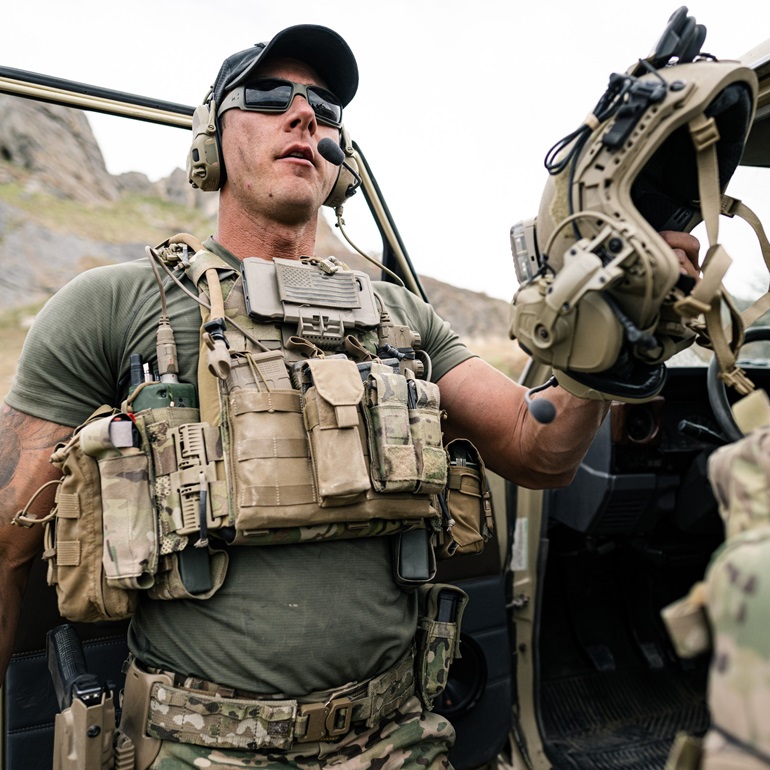Army clothing is far more than just a uniform, it’s a critical piece of equipment that directly impacts the ability of the soldier to perform their duties effectively. From the harsh desert climates to the frigid Arctic, military personnel rely on their clothing to provide protection, comfort, and functionality.
Striking a balance between these elements is essential. Army clothing must be durable enough to withstand the rigours of military life, yet comfortable enough to allow soldiers to operate at peak performance. It must also be adaptable to various weather conditions and terrains, ensuring soldiers are equipped to handle any challenge.
The Army Jacket

The army jacket has evolved from a purely functional piece of military equipment into a fashion staple. Its history is intertwined with the development of military tactics and technology, resulting in a garment that is practical and iconic. Originating as a simple, utilitarian piece of outerwear, the durable and versatile army jacket has undergone significant transformations over time. Early designs focused on providing warmth and protection from the elements. As warfare evolved, so too did the demands placed on military clothing. The introduction of new materials and technologies led to the development of more specialised jackets for different climates and conditions.
Types of Army Jackets
The military jacket family encompasses a wide range of styles, each designed for specific purposes:
- Field Jacket: A classic design, often associated with the military plethora of stores. Typically made from durable cotton or nylon, it features multiple pockets and a versatile design.
- Parka: Designed for colder climates, the parka is longer and warmer, often featuring a detachable hood and fur lining.
- Fleece: A more recent addition, fleece jackets offer warmth without bulk. They are often layered under other jackets for added insulation.
- Soft Shell: Combining the properties of a soft fleece inner layer and a durable outer shell, soft shell jackets provide wind and water resistance while maintaining breathability.
The Air Force Jacket
With its clean lines and often distinctive details, the Air Force jacket has become a coveted item in the fashion world. Originally designed for functionality and durability, it has transitioned seamlessly into contemporary wardrobes. From the classic leather to the modern Air Force bomber jacket, these pieces offer style and utility.
Key Features of an Army Jacket
Built to withstand harsh conditions, army jackets are made from tough materials that can endure wear and tear. Insulation is crucial, especially for jackets designed for colder climates. Some feature removable liners for versatility. Numerous pockets, adjustable cuffs, and hoods are common features that enhance functionality and practicality. Water resistance and windproofing are essential for many army jackets, depending on their intended use.
Shirts and T-shirts

Shirts and t-shirts form the base layer of an army uniform, providing comfort, breathability, and often, additional functionality. These garments are subjected to rigorous conditions, requiring specific materials and designs to meet the demands of military life. Shirts must effectively wick away sweat to prevent discomfort and skin irritation. The fabric should be suitable for various climates, offering warmth in cold conditions and breathability in hot environments. Shirts must withstand frequent washing, wear and tear, and potential exposure to harsh conditions.
Types of Army Shirts
The type of shirt worn by a soldier depends on the specific task, environment, and uniform regulations:
- T-shirt: The most basic layer, often worn as an undergarment or standalone attire in casual settings.
- Polo shirt: Used in more formal or ceremonial occasions, providing a clean and professional appearance.
- Combat shirt: Designed for combat operations, featuring moisture-wicking fabrics, and ventilation, and often integrated with body armour.
Materials Used in Army Shirts
The choice of fabric is critical for shirt performance. Cotton offers comfort and breathability but can be prone to shrinking and wrinkling. Polyester provides durability, moisture-wicking properties, and quick drying time. Nylon offers strength and durability but can be less comfortable than natural fibres. Many army shirts use fabric blends to combine the benefits of different materials.
Footwear
Proper footwear is essential for soldiers, as it directly impacts their mobility, comfort, and safety. A well-chosen boot can make the difference between mission success and failure. Army boots must meet stringent standards for protection, durability, and comfort. They are subjected to harsh conditions, including extreme weather, rough terrain, and heavy loads. A poorly fitting or inadequate boot can lead to foot injuries, blisters, and overall discomfort, significantly impacting a soldier’s performance.
Types of Army Boots
The type of boot worn by a soldier depends on the specific environment and mission:
- Combat Boots: Designed for general-purpose use, these boots offer a balance of protection, comfort, and durability.
- Desert Boots: Lightweight and breathable, ideal for hot and arid climates.
- Jungle Boots: Often waterproof and with aggressive tread for wet and muddy conditions.
- Mountain Boots: Insulated and with superior traction for cold, mountainous terrain.
To Conclude
Army clothing is a vital component of a soldier’s equipment, providing essential protection, comfort, and functionality. Its design emphasises durability, practicality, and adaptability to various conditions. The blend of style and functionality offered by army clothing has captured the imagination of fashion enthusiasts worldwide. Beyond clothing, military gear, such as backpacks, watches, and boots, has also influenced fashion trends. Whether you’re a history buff, a fashion-forward individual, or simply looking for durable and comfortable clothing, exploring the world of army-inspired fashion can be a rewarding experience.
